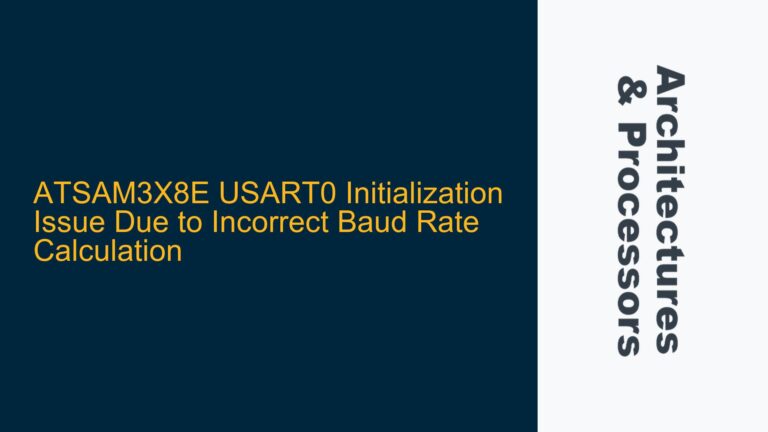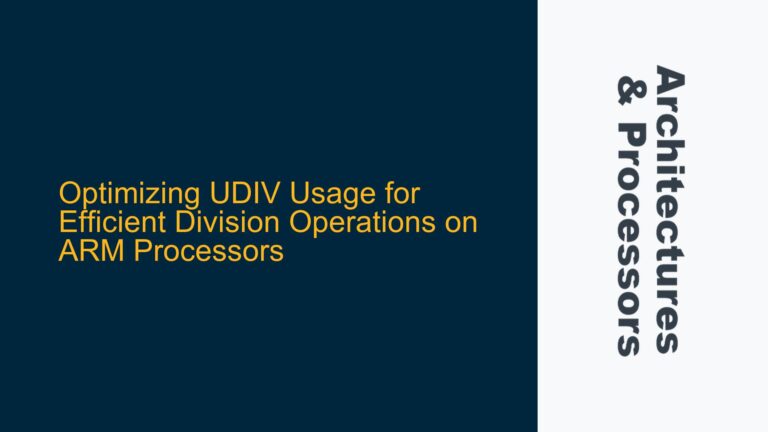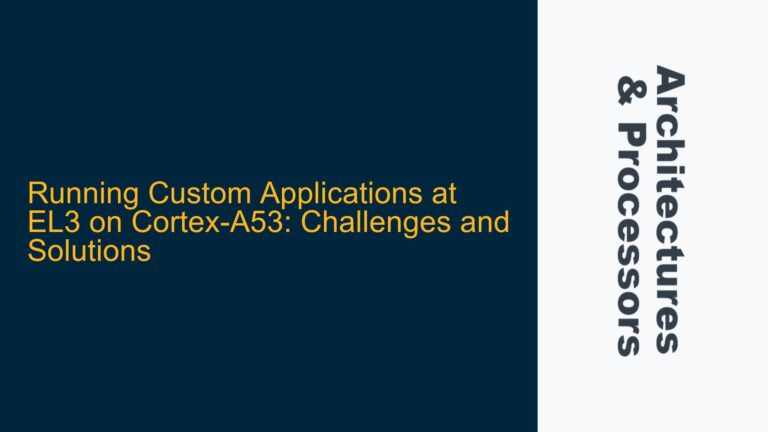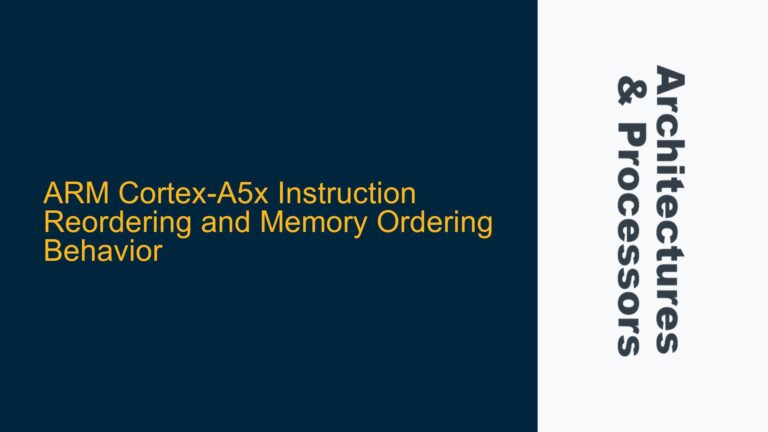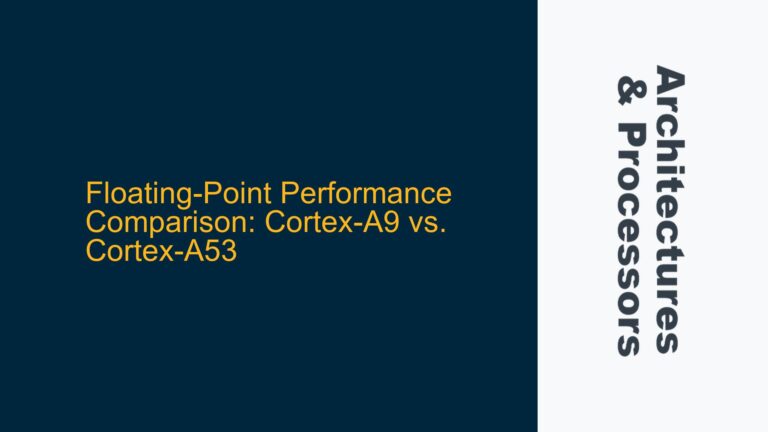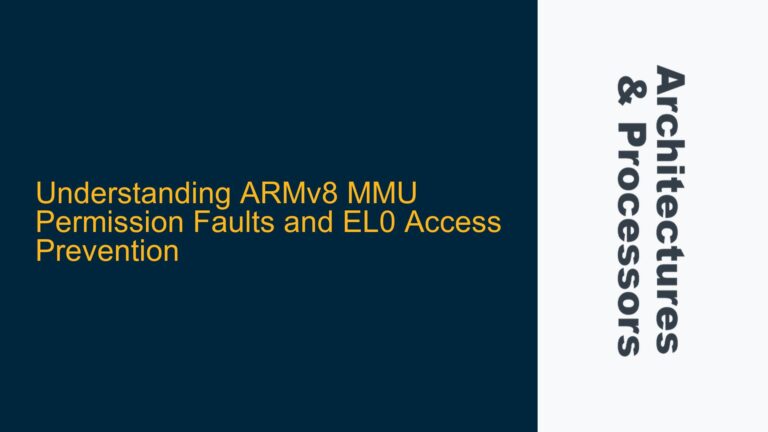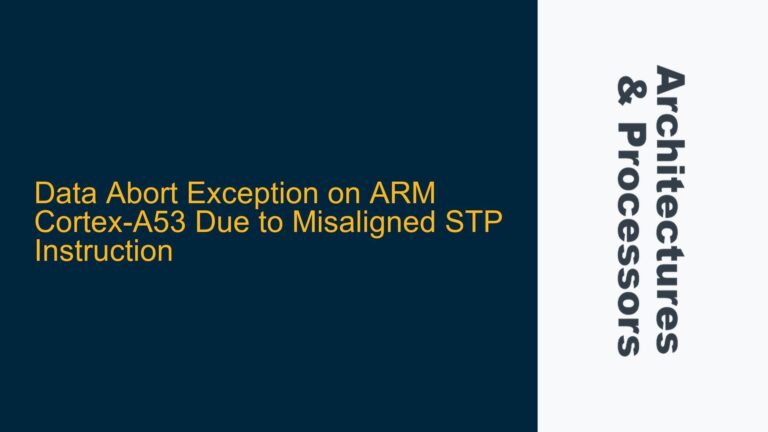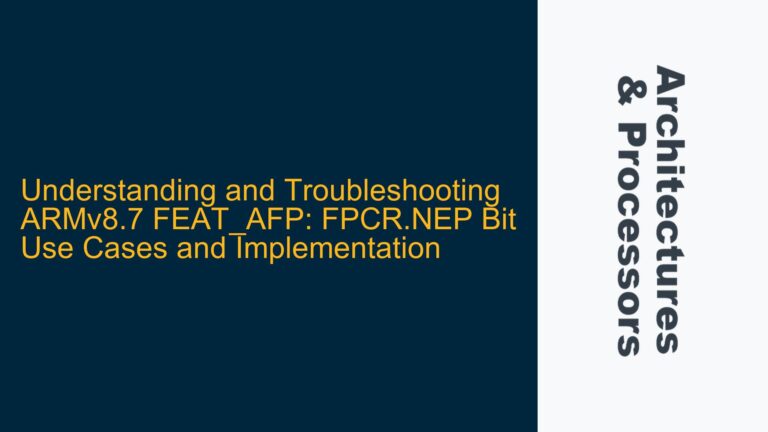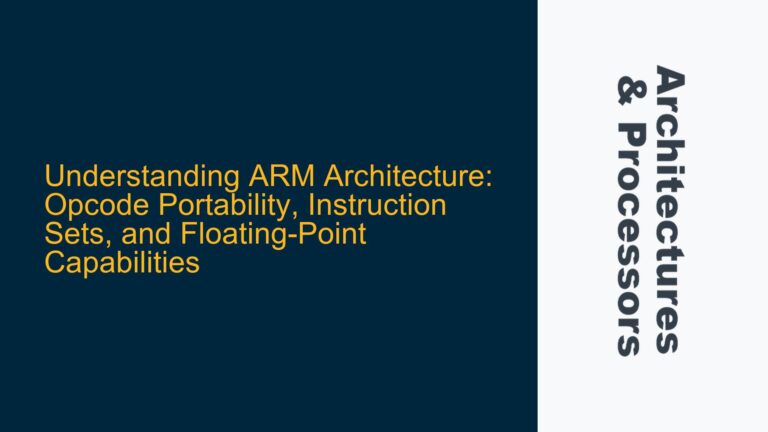ATSAM3X8E USART0 Initialization Issue Due to Incorrect Baud Rate Calculation
USART0 Communication Failure with Incorrect Baud Rate Configuration The ATSAM3X8E microcontroller, part of the SAM3X series from Microchip (formerly Atmel), is a powerful ARM Cortex-M3-based device widely used in embedded systems. One of its key peripherals is the Universal Synchronous Asynchronous Receiver Transmitter (USART), which facilitates serial communication. In this case, the user attempted to…
